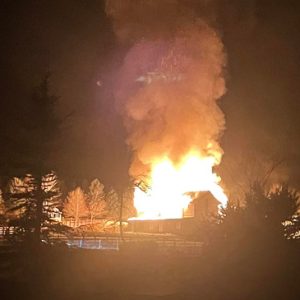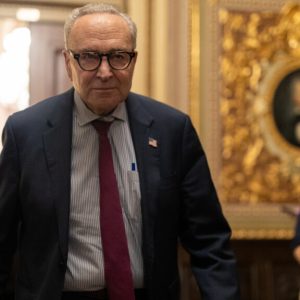Donald Trump set off a wave of concern among journalists, free-speech advocates, and constitutional scholars after publicly declaring that “changes are coming” for the media. The statement followed his anger over negative reporting about a failed Iran strike, which he said reflected a press that was “out of control.” Rather than addressing policy or geopolitical implications of the incident, Trump redirected the backlash toward journalists themselves. His decision to frame the media—not Iran, not the military, not the administration—as the problem immediately raised alarms because it indicated a sharp escalation in tone. The fact that the warning was delivered on camera, with no attempt to soften or reframe his meaning, made the moment particularly significant.
Press freedom groups responded almost instantly. Organizations such as the Committee to Protect Journalists criticized the statement as an explicit threat to the First Amendment. They argued that when a political leader hints at punishing or restructuring the media, the comments cannot be dismissed as mere frustration or rhetorical excess. Instead, they represent an attempt to intimidate a sector of society whose constitutional role is to hold power accountable. Many advocates pointed out that democracies weaken not through sudden collapse but through gradual erosion of institutional independence, often starting with open hostility toward journalists.
Critics emphasize that this incident fits into a broader pattern that characterized Trump’s previous political behavior: branding unfavorable coverage as fake, attacking individual reporters, and encouraging supporters to distrust journalism as a whole. While verbal criticism is within a president’s rights, the new warning felt more deliberate. Trump appeared to be signaling an intention rather than venting emotion. Analysts noted that even the suggestion of structural change—whether legal, regulatory, or informal through intimidation—can chill reporting and embolden those who wish to undermine press independence.
The reaction within the journalism community reflects genuine concern about long-term consequences. Many reporters and editors have become accustomed to hostile rhetoric but view this moment as different because it gestures toward action rather than insult. Legal experts warn that any attempt to alter press protections, even indirectly, would provoke constitutional challenges but could still do damage by normalizing the idea that the government should have power over the press. These attempts can take many forms: restricting access, limiting briefings, encouraging investigations into leaks, or using federal agencies to pressure news organizations.
The situation also raises deeper questions about the resilience of democratic structures. A free press serves as both watchdog and witness, providing transparency when governing power is misused. If the press becomes a target of political retaliation, the balance between government oversight and public accountability becomes destabilized. Moreover, when leaders attack the legitimacy of journalism, supporters may adopt the same view, creating a public environment where factual reporting is seen as political opposition. This dynamic not only harms journalists but undermines the public’s ability to make informed decisions.
As the debate continues, the central issue becomes how a free press can defend itself when political leaders signal an intent to weaken it. Advocates suggest strengthening legal protections, reinforcing institutional independence, and ensuring public education about the role of journalism. Others argue that solidarity among news organizations is essential, especially in times when political pressure intensifies. Whatever steps are taken, the moment serves as a reminder that democratic freedoms remain vulnerable unless they are actively protected. Trump’s warning has reignited urgent conversations about press rights, the separation of powers, and the broader health of democratic institutions.





